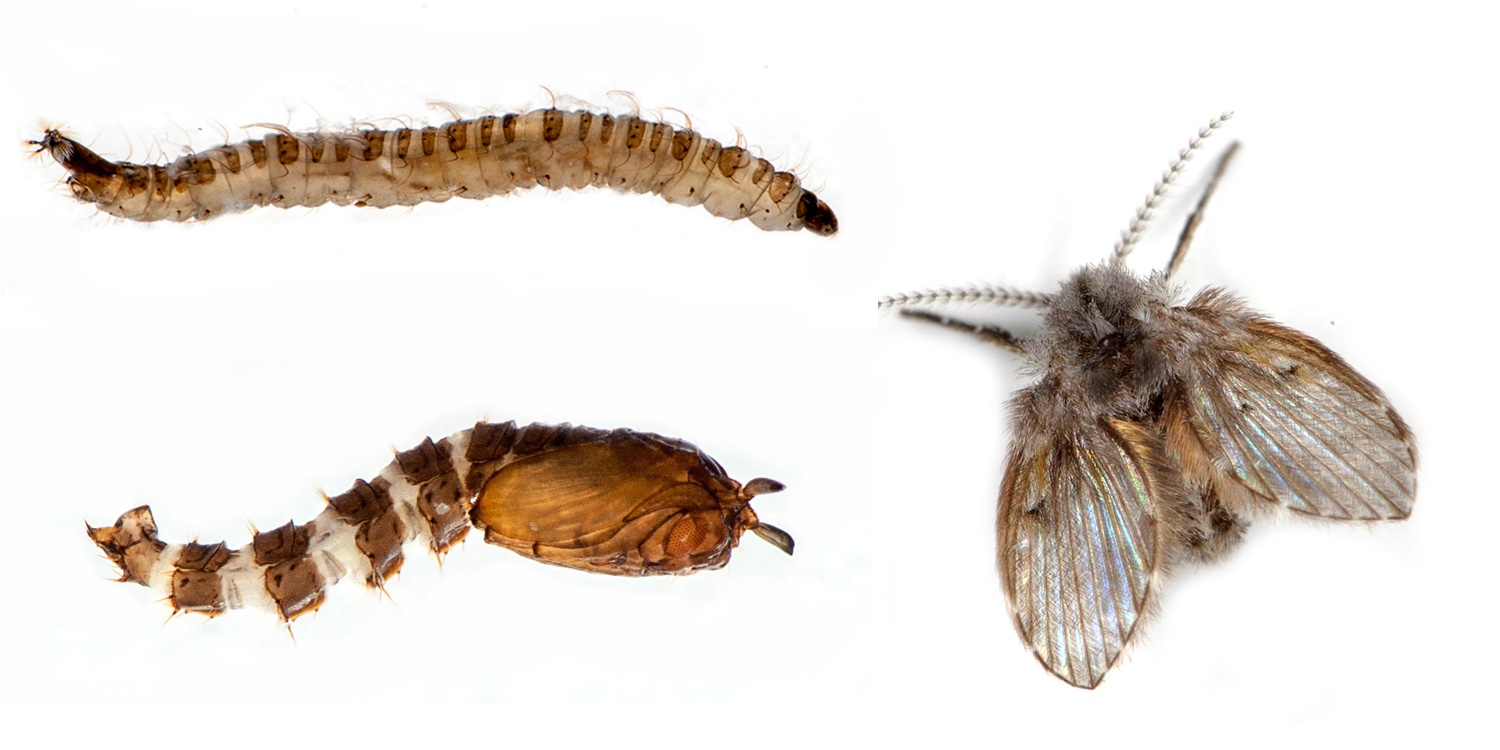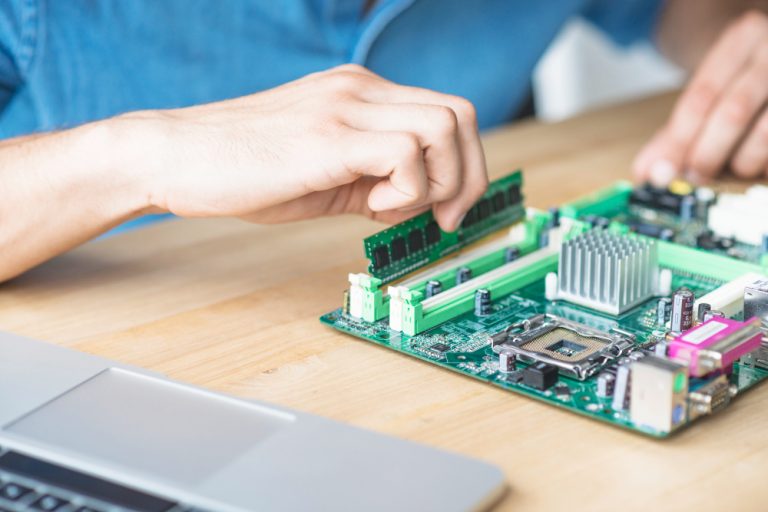Drain flies, also known as moth flies or sewer gnats, are tiny nuisance insects that often infest homes, particularly in areas with poor drainage or organic buildup. These small flies are commonly found near sinks, drains, and sewage systems, where they breed and thrive in moist, organic matter. While they pose no direct harm to humans, their presence can be unsightly and bothersome, prompting homeowners to seek effective methods for eradication.
Signs of Drain Fly Infestation
The first step in combating drain flies is to identify the presence of an infestation. Common signs include the appearance of small, dark flies near drains or sinks, particularly in the evening or early morning hours. Additionally, larvae may be visible in stagnant water or organic debris within drains or pipes. Persistent foul odors emanating from drains may also indicate the presence of drain flies, as they often breed and feed on decaying organic matter.
The First Line of Defense
One of the most effective ways to eliminate drain flies is to thoroughly clean and sanitize affected drains and pipes. Begin by removing any visible debris, hair, or organic matter from drain covers and traps using a brush or plumbing snake. Next, flush the drains with hot water to dislodge and flush out any remaining buildup. For stubborn infestations, consider using a mixture of baking soda and vinegar or a commercial drain cleaner to dissolve organic matter and kill larvae.
Harnessing Nature’s Power
Biological drain cleaners, which contain beneficial bacteria and enzymes, offer a natural and eco-friendly solution for eliminating drain flies and their breeding grounds. These cleaners work by breaking down organic matter, such as grease, food particles, and hair, which serve as food sources for drain fly larvae. Regular use of biological drain cleaners can help maintain clean, odor-free drains while preventing future infestations of drain flies.
Preventative Measures
To prevent drain flies from reinfesting your drains, consider installing drain covers or screens over sink and shower drains. These devices help prevent organic matter, hair, and debris from accumulating in drains, reducing the likelihood of drain fly breeding grounds. Additionally, periodically inspect and clean drain covers to ensure they remain free of buildup and debris.
Drying Up Their Habitat
Since drain flies thrive in moist environments, addressing moisture issues in and around your home can help deter infestations. Repair any leaky faucets, pipes, or appliances to eliminate sources of standing water. Ensure proper ventilation in bathrooms, kitchens, and basements to reduce humidity levels and discourage drain fly breeding. Additionally, promptly clean up spills and puddles to prevent moisture buildup and create an inhospitable environment for drain flies.
When All Else Fails
In severe cases of drain fly infestation, chemical treatments may be necessary to eradicate adult flies and larvae effectively. Chemical insecticides formulated specifically for drain fly control can be applied to drains and pipes according to the manufacturer’s instructions. However, exercise caution when using chemical treatments, and always follow safety guidelines to protect yourself, your family, and the environment.
Bid Adieu to Drain Flies
In conclusion, combating drain flies requires a multi-faceted approach that targets both adult flies and their breeding grounds. By implementing effective cleaning practices, using biological drain cleaners, installing drain covers, addressing moisture issues, and considering chemical treatments when necessary, you can bid adieu to drain flies and reclaim your home from these pesky intruders. With persistence and diligence, you can enjoy a fly-free environment and peace of mind in your living space.











+ There are no comments
Add yours